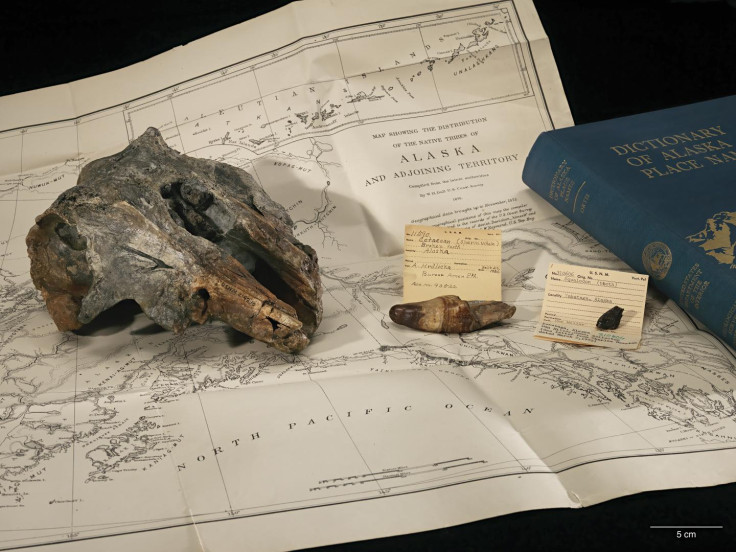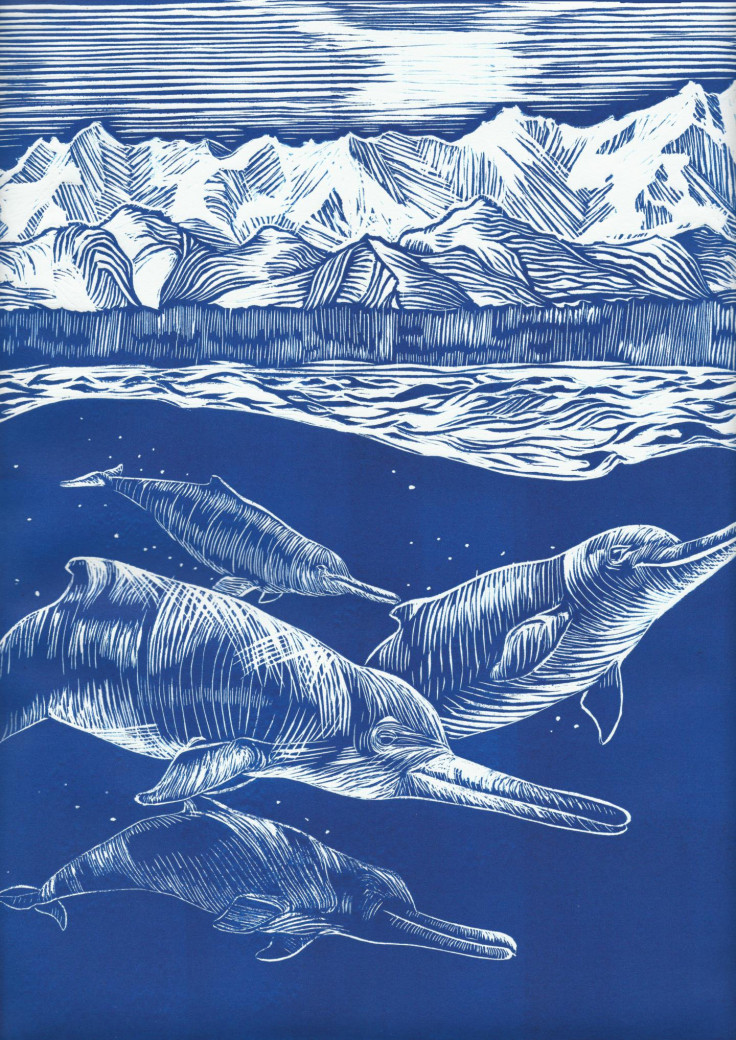25-million-year-old fossil sheds light on evolution of endangered river dolphin
Ancient skull was found more than five decades ago in Alaska.

A fossil discovered more than 50 years ago is now shedding light on the evolutionary history of whales and dolphins. It has allowed scientists to uncover new clues about the origins of the endangered South Asian river dolphin, without having studied the animal directly.
The fossil has been part of the Smithsonian's National Museum of Natural History since 1951. A partial skull about 22 centimetres long, it had been discovered in Alaska. The reason it took so long for experts at the Museum to identify it was that the collection holds 40 million specimens.
Researchers have now analysed the fossil and say it belonged to a dolphin that swam in subarctic marine waters around 25 million years ago. It represents a new genus and species and has been given the name of "Arktocara yakataga".
The study, published in the journal PeerJ, has revealed that this ancient dolphin is a relative of the South Asian river dolphin known as "Platanista". This rare marine mammal only lives in freshwater. Habitat destruction and human activity - fishing in particular - threatens its survival.The scientists believe the fossil described in their research could help them retrace the evolutionary history of the Platanista species without having to capture its remaining members to study them.
"One of the most useful ways we can study Platanista is by studying its evolutionary history, by looking at fossils that are related to it to try to get a better sense of where it's coming from," co-author Alexandra Boersma observed. "Exactly how that once diverse and globally widespread group dwindled down to a single species in Southeast Asia is still somewhat a mystery, but every little piece that we can slot into the story helps."
When whales diverged
The fossil has yielded a number of interesting elements about Platanista's ancestors. First, a morphological study of the skull has confirmed today's river dolphins belong to one of the oldest lineages of toothed whales still alive today.

Secondly, the fossil appears to date from the late Oligocene epoch, around the time ancient whales diversified into two groups - baleen whales and toothed whales."It's the beginning of the lineages that lead toward the whales that we see today. Knowing more about this fossil means that we know more about how that divergence happened," Boersma explained.
Finally, the scientists came across another, very surprising fact. Fossils from Platanista's now extinct relatives have been found in marine deposits around the world, but this is the northernmost discovery to date. "Considering the only living dolphin in this group is restricted to freshwater systems in Southeast Asia, to find a relative that was all the way up in Alaska 25 million years ago was kind of mind-boggling," Boersma concluded.
© Copyright IBTimes 2025. All rights reserved.






















